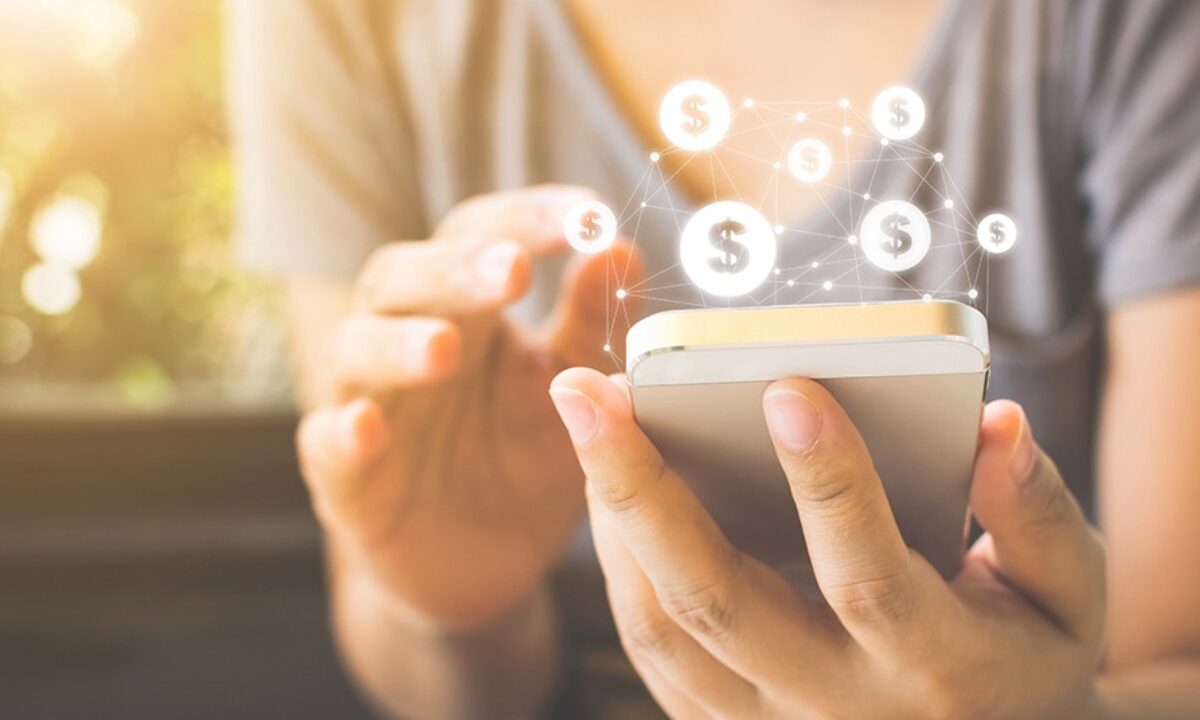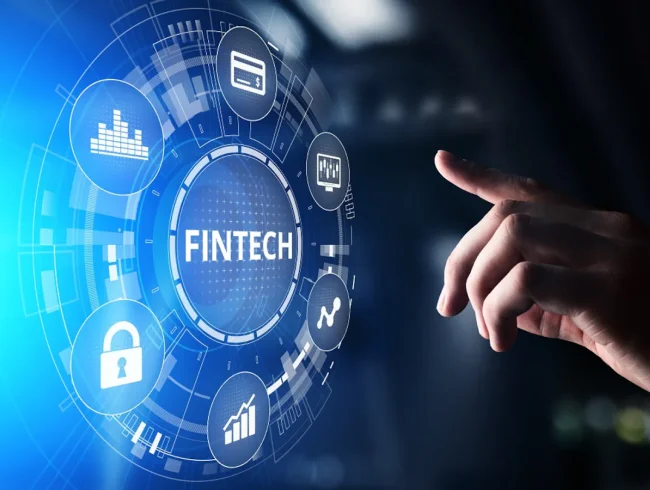How Do You Define a Micropayment?
The majority of micropayments are conducted online and often include transactions or payments that are of a smaller amount than one dollar, and in some instances, they are even as little as a fraction of a cent. It is believed that micropayments are a method of utilizing the internet in order to assist the instant transfer of digital rights, royalties, in-game purchases, online tipping, and even to coordinate devices that are connected through the internet of things (IoT).
Depending on the payment processor and the company, the definition of a micropayment or the amount that constitutes a micropayment can vary. While some businesses consider all transactions that are less than one dollar to be micropayments, others consider micropayments to be sums that are less than five dollars, ten dollars, or even twenty dollars.
Mastering the Concept of Micropayments
The most recent technological breakthroughs have resulted in increased visibility and participation in the digital world among more people. Fintech, which stands for "technology in finance," is a relatively new industry that aims to provide financial products that are accessible to all customers at prices that are essentially insignificant.
The expenses that customers are paying are decreasing to as little as a few cents as a result of these technological initiatives. The concern with costs that are so minimal is that it is possible that they will not be able to be processed efficiently by credit card firms using their conventional fee-based method for processing transactions. Micropayment systems have evolved to satisfy such demands.

The term "micropayment" was invented by technology futurist and philosopher Ted Nelson in the 1960s as a mechanism to pay for individual copyrights on internet material. Nelson envisioned micropayments in the order of one ten-thousandth of a cent. Such payments would allow consumers to pay for online content and facilitate the establishment of low-cost networks as opposed to an advertising-based approach.
While the World Wide Web today functions on an advertising-based paradigm, Nelson's notion created the cornerstone of the now-ubiquitous hypertext transmission. Currently, micropayments are not yet a mainstream form of paying for internet content.
Micropayments In Practice
Micropayment platforms developed for managing tiny transactions function in a number of ways. One option is for a seller or service provider to have an established account with a third-party micropayment provider who collects, stores, and distributes the payments made.
Through a digital wallet handled by the provider, payments are saved until they aggregate to a bigger sum, at which time they are subsequently paid out to the beneficiary. For faster facilitation of payments, it is important for customers to additionally set-up an account with the same micropayment provider.
Let's look at an example. Upwork is a platform that combines freelancers with corporations who have temporary tasks. A corporation may hire a video editor from Upwork to edit a handful of its promotional films for a charge of $5/hr. If the freelancer completes the assignment in four hours, the firm submits payment to Upwork, who collects its fees and saves the remaining in a digital wallet for the freelancer.
As the freelancer receives additional assignments, Upwork piles up IOUs until the wallet has a huge amount of say, $1,000. At this moment, Upwork makes the payment to the freelancer’s account. You may alos read this: Regulations Every Fintech Startup Must Know
Micropayment Prepaid Systems
Another method that micropayment systems function is through the establishment of a prepaid system. A user opens up an account with a micropayment processor and pays an average or big quantity of money into the account.
If the provider is also utilized by the e-commerce platform where the user makes modest purchases, the user’s account with the provider is quickly debited for the dollar amount of the transaction. In effect, the user makes payments through a micropayment processing account.
PayPal offers this sort of service. A person can establish an account with PayPal and deposit say, $150. Later, if this same user buys $7.99 at a digital shop such as iTunes, the money would be deducted from the PayPal account and used to pay for the transaction.
Micropayments in Purchasing

A micropayment is largely restricted to the domains of digital payment. Making a $0.99 purchase of a music CD with shipping and handling fee of $25.00 may not make sense to an ordinary consumer. But paying $0.99 for the digital material of the same music CD might be a more sensible transaction for the customer as no physical delivery is involved.
Even then, many company owners and e-commerce sites have difficulty locating a credit card processor as the charge for processing transactions may be higher than the micropayment. Also, micropayment processors may handle micropayments differently, so firms have to pick the solution that works well for them and save them the most in expenses.



